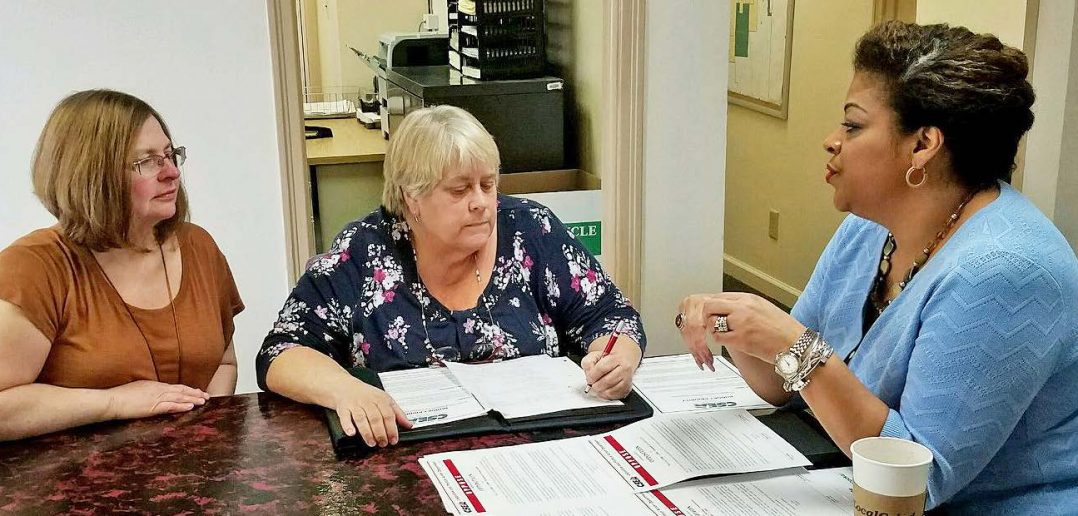The final, $153.1 billion state budget includes plenty of money for the governor’s pet projects and failed economic giveaways, but doesn’t go far enough to provide for New Yorkers who are most in need.
CSEA retiree members are among the many activists who worked hard toward a state budget that is fair to all
New Yorkers, including visiting their state legislators in their Albany and district offices, writing letters urging officials to pass a fair budget and telling their stories about how understaffing and overtime have affected them on and off the job.
One of our most pressing budget concerns was with preserving services for our state’s most vulnerable people. The enacted budget restores some much-needed funding for state Office for People With Developmental Disabilities (OPWDD) and Office of Mental Health (OMH) programs.
While these funding items are a step in the right direction, much more needs to be done to ensure adequate services for New Yorkers who increasingly depend on these services.
“While the enacted budget takes steps to ensure services for our state’s most vulnerable individuals, it’s simply not enough to adequately provide for all of the New Yorkers who need these services,” CSEA Acting President Mary E. Sullivan said. “This budget shouldn’t be about giveaways or gifts; it should be about taking care of our own people.”
Here’s a look at some items in the enacted budget:
Retirees and health insurance
State legislators rejected the governor’s proposals to increase health insurance costs for retirees and future retirees, including establishing a tiered health insurance contribution system for new retirees based on salary grade and years of service, a cap on the state’s reimbursement of Medicare Part B premiums and elimination of higher cost Part B premiums for higher income retirees.
The budget also sets up a health insurance trust fund intended to pre-fund retiree health benefit costs for state retirees and their beneficiaries. While the state civil service commissioner will be the fund’s trustee, the state comptroller will also have custody of the fund and will be responsible for investing the fund’s proceeds. This fund can’t be used for any purpose except for retiree health costs, and contributions to the fund are irrevocable. The state must contribute to the fund annually.
Local government
Aid to local governments, which are already challenged under the governor’s tax cap, will remain flat from last year’s levels. Local governments will continue to struggle to maintain services under the governor’s plan. Municipalities have already done whatever is necessary to meet service demands in the face
of zero growth budgets, a .68 percent tax cap and an incentivized tax freeze.
The budget includes a “county-wide shared services property tax savings plan” that mandates the chief executive officer of counties outside New York City to prepare a property tax savings plan for shared, coordinated, or more efficient services among the municipalities within the county and work with municipal and labor representatives on developing the plan. The final budget does not include bringing the plans to a public referendum.
CSEA worked closely with the legislature to better protect our members and the services they provide. “While the enacted plan is better than the governor’s original proposal, it’s important that we remain active and involved to ensure fairness,” CSEA Acting President Mary E. Sullivan said.
Hospitals
The final budget maintains subsidy funding for the state’s three SUNY hospitals (Stony Brook, Downstate and Upstate) at last year’s level of $87.8 million. The 2016-17 budget also gives $20 million over two years to critical access hospitals that serve underserved communities, including Ellenville Community Hospital and Lewis County General Hospital.
Visit https://tinyurl.com/2017BudgetSummary to get a full summary of the state budget. to get a full summary of the state budget.




